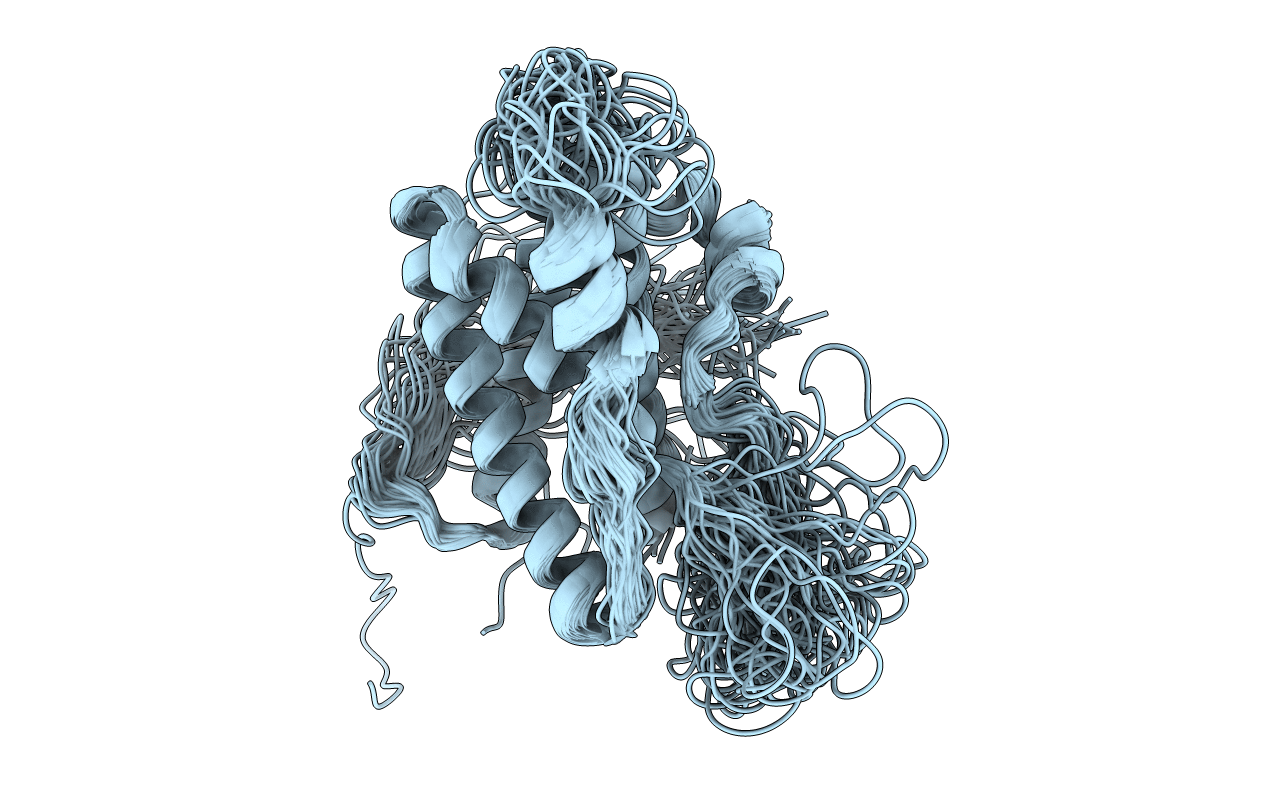
Deposition Date
2010-09-25
Release Date
2011-09-28
Last Version Date
2024-10-30
Method Details:
Experimental Method:
Conformers Calculated:
100
Conformers Submitted:
52
Selection Criteria:
structures with the least restraint violations


